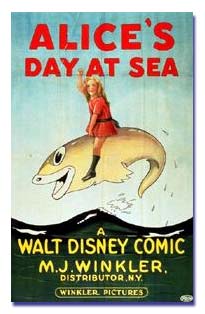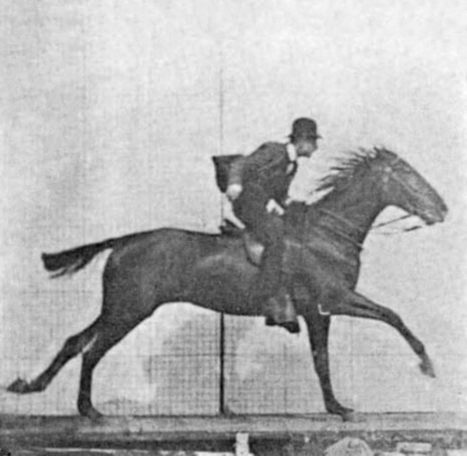Cameraless animation, direct animation, drawing on film, scratch film... all these are names that describe films that are made using experimental techniques to create animated images without a camera or processing. Here is a bit about the history of drawing on film on the National Film Board of Canada's website.
This article by William Moritz talks about two artists known for this technique, Richard Reeves and Barbel Neubauer.
This article by William Moritz talks about two artists known for this technique, Richard Reeves and Barbel Neubauer.
You can try out cameraless animation if you have some 16mm film - either film leader or film with images on it, and a projector. Using permanent markers, bleach, sharp tools like exacto knives for scratching, alter the film either frame by frame or experiment by altering a long strip without regard for the frames. Six feet of 16mm film is equal to 10 seconds of screen time (there are 40 frames per foot of 16mm). This is a good class project if every student alters 10 feet of film and you edit them all together. Then try out different pieces of music to see what fits and how it changes the mood.
Some students have posted a found-footage scratch film.












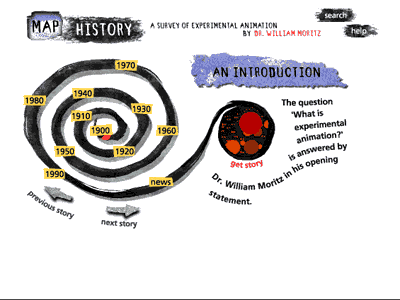
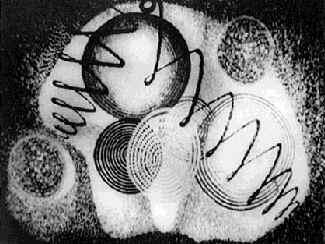

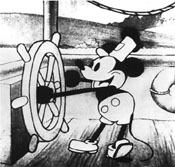
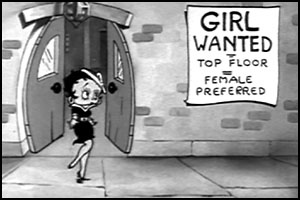
 You can find lots of stills and even some animated cartoons on the
You can find lots of stills and even some animated cartoons on the 